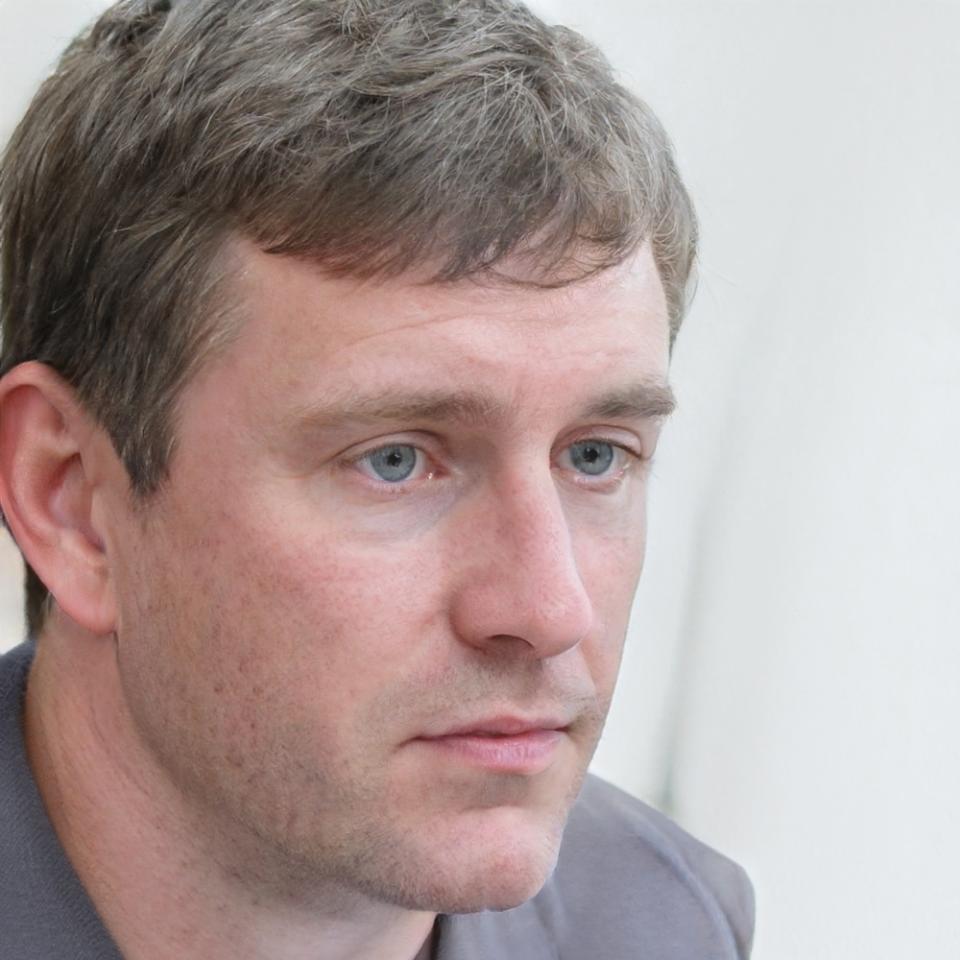Design Experiences That Actually Matter
Most UX programs teach you theory. We teach you how to solve real problems for real people. Our collaborative approach puts you in teams from day one, working on projects that mirror what you'll face in your first design role.
Explore Our Programs Our Method
Why Learning Alone Doesn't Work
Here's what we discovered after years of watching talented people struggle with online courses and bootcamps. The technical skills? They got those down. But when it came to presenting ideas, handling feedback, or working through design conflicts — that's where things fell apart.
Real UX work happens in messy conversations. It's defending your research findings when developers push back. It's explaining why that button placement matters to someone who just wants to ship fast. These moments can't be learned from videos.
Our programs start with small teams tackling actual client briefs. You'll argue about user flows, negotiate feature priorities, and present to stakeholders who have real money on the line. Because that's exactly what your job will be.

How We Actually Train Designers
Three core principles that separate working designers from people who just know design theory.

Real Projects, Real Stakes
Every project comes from an actual business need. Your research impacts real decisions. Your designs get tested by real users. When something doesn't work, you feel it — and you learn to do better next time.

Difficult Conversations
We put you in situations where you have to defend your choices. Stakeholders question your research. Developers challenge your feasibility. You learn to communicate design decisions with confidence and clarity.

Team Dynamics
Design isn't a solo sport. You'll navigate personality conflicts, balance different perspectives, and learn when to compromise versus when to hold firm. These soft skills matter more than your Figma expertise.

Learning That Sticks Because It's Social
Something interesting happens when you put designers in small groups. They start teaching each other. The person who's great at user research helps someone struggling with interviews. The visual design expert shares typography tricks. Everyone gets stronger.
- Work in consistent teams of 4-5 people throughout your program
- Weekly critique sessions where you present and defend your work
- Peer mentoring that develops your communication skills
- Real client feedback that teaches you to iterate quickly
- Cross-functional collaboration with developers and product managers
By the time you finish, you won't just know UX design. You'll know how to work with other people to create better experiences. That's the skill that actually gets you hired.
What People Actually Say
Real feedback from designers who went through our programs and landed their first UX roles.

Erik Lundberg
UX Designer at Klarna"The hardest part of my first UX job wasn't the design work — it was explaining why certain decisions mattered. The collaborative projects here taught me to articulate my thinking in a way that actually resonates with non-designers. That skill has been invaluable."

Siobhan McCarthy
Product Designer at Shopify"I tried three different online courses before this. They taught me tools, but not how to think like a designer. Working with real clients and getting pushback on my ideas — that's what actually prepared me for the job. The team dynamic here mirrors what I do every day now."
Ready to Start Designing?
Our next cohort begins in September 2025. We keep groups small — just 20 people per program — so you get the attention and collaboration you need to succeed.
Program Duration
16 weeks of intensive, project-based learning with ongoing peer support and alumni network access
Time Investment
15-20 hours per week including team sessions, client meetings, and individual project work
Applications for September 2025 open in May. We review each application carefully and conduct brief interviews to make sure the program is the right fit.
Learn More About Our Programs